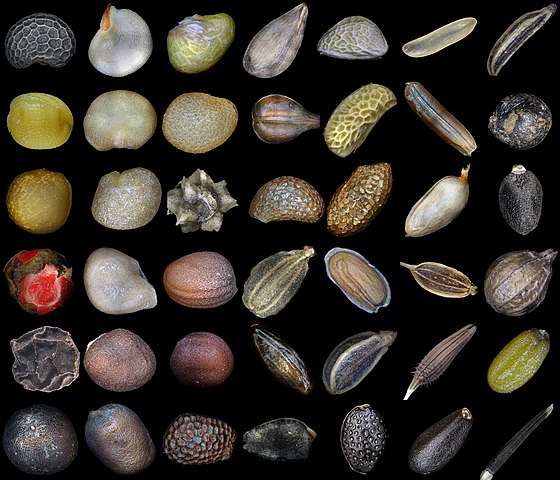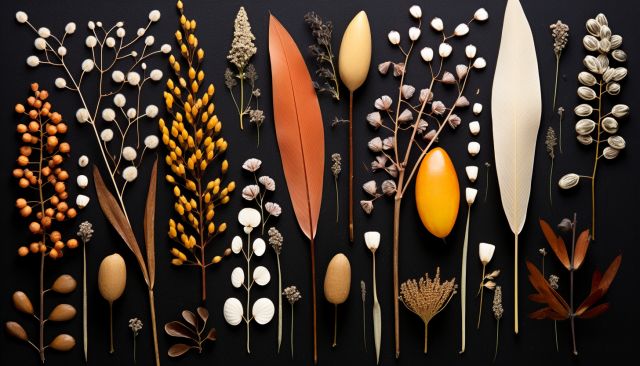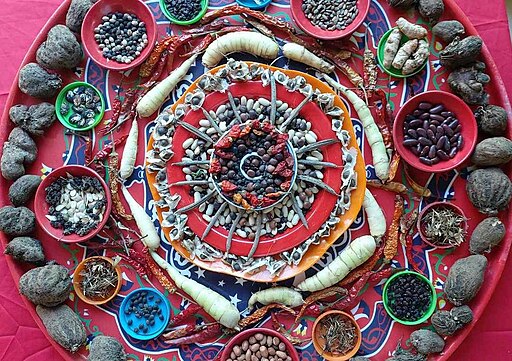What's more valuable than gold? Seeds from your local garden! You can't eat gold, but seeds can produce next year's food.
One summer a friend gave me some samples of her favorite tomato, which she said were difficult to find in the store. They were quite tasty, so I saved the seeds and planted them in the spring. In late summer I gave my friend a half dozen of her favorite tomatoes along with a packet of seeds. She was surprised and excited. In all her shopping around to find these tomatoes each summer, it had never occurred to her to save the seeds and plants them, and now she held independence in her hands.

Разнообразие семян Variety of Plant Seeds Alexander Klepnev Russian Science Photo Competition 2018 CC BY 4.0
Save seeds from your garden as the season ends, place them in small envelopes, mark the envelope and comment on the variety (gestation and maturing times, favorite growing conditions, yield). Exchange them with friends and neighbors who garden, hold a Seed Swap at a local organization after a regular meeting, or set up a table at a farmers’ market or a library where people can bring their seeds and take others home. Swap "garden stories" and go home with the beginnings of next year’s garden in a few envelopes.
Between late July and early October, some garden vegetables like celery and lettuce will go to seed or "bolt" (get quite tall and gangly looking). Don’t pull them up and toss them in the compost! Though they look a little unruly, untidy let them go! They are doing vital work, some of their most beautiful, really. Their new "look" allows the formation of seed pods and next year's harvest.

Canonica-Ai AI-generated, "A variety of seeds with different shapes and sizes, illustrating the diversity of seed dispersal mechanisms."
Normally, plants produce way more seed than gardeners need. Seeds that fly! Seeds intended for bird or animal consumption (and defecation in a new spot). Seeds for insects like ants to relocate. Seeds inside; seeds outside. All adapted to the climate of the region in which they are produced. So, after saving some of the seed for next year, exchange your excess for different types of seeds from other people in your area. You can even mail seeds to friends and family across the country. Just label favorable growing conditions for your seeds and ask the same of any seeds you get in return. Seed packets can be table or party favors during the fall holidays, can decorate the tree during holiday get-togethers. Use your imagination. They’re great conversation starters.
We have saved – and traded - seeds for thousands of years, even as nomads. This time-honored practice re-connects us with Nature, our gardens and each other and brings us closer to self-sufficiency and resilience.





